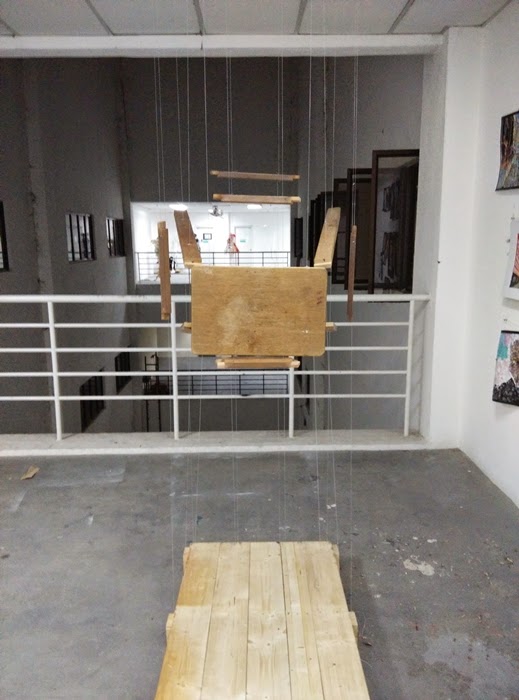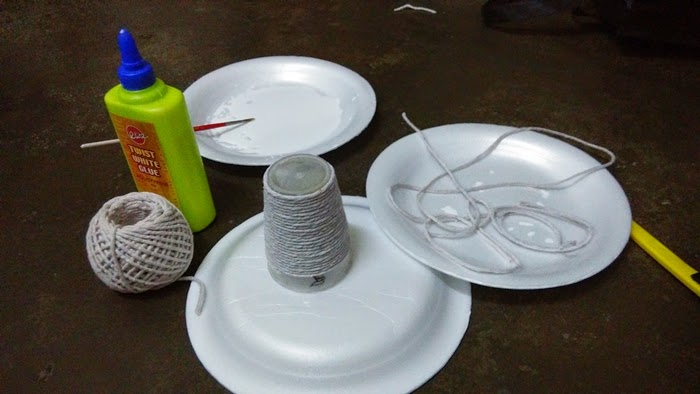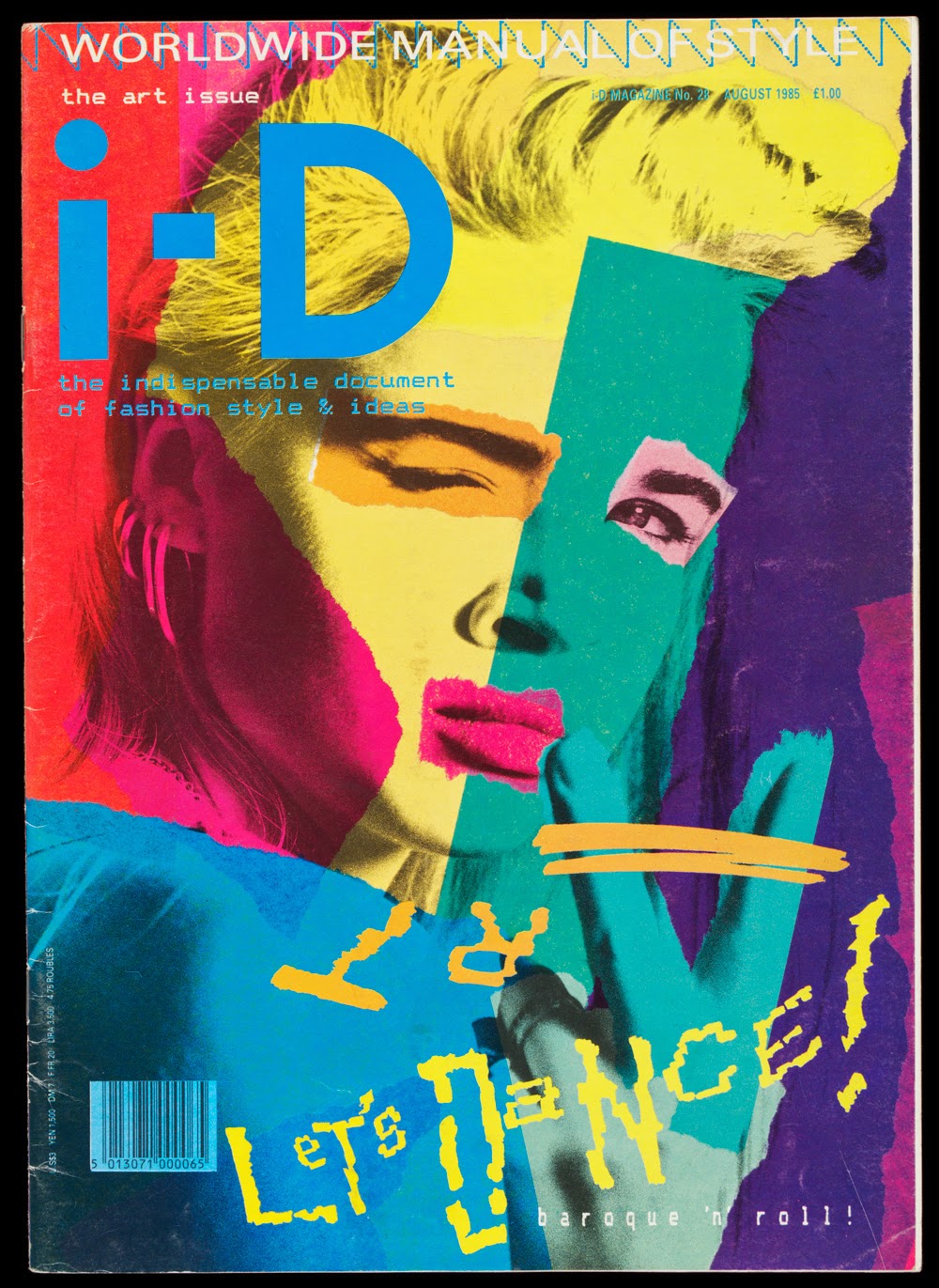Task 4
Transformer
Using some of the objects from the previous task, here a requirement of transforming those objects into something that can be used. Then, instead of printing on surface, a visual projection need to be related to the theme.
(Group work)
For this task, the topic or theme that me and my partner had chosen is about the deforestation. Here, we must defend the deforestation activity. First of all for this, we explored on how deforestation reflect as a positive way to every one.
Introduction
Whenever
deforestation become a topic to discuss or an issue, usually that springs to public’s
mind are negative thoughts. This might be a reason of the media hypes and the
environmentalist drives. People may say that this would cause global warming
and the extinction of the indigenous fauna and flora. Since very concern for
the forest, people are not realising that they need stuffs made of forest goods
that is very useful for all of us neither for present nor future. Deforestation
is a main contributor to the economics.
How
deforestation benefits human race?
As
the factor that deforestation supplies money, the woods from the forest are for
the industrial use. Since industrial is in this part, men power are essential
and vacancies are surely guaranteed. This is clear that we get financial help
and for family support too. The material which is wood can be used for the
furniture, hand craft and so many things that is very handy for human like us.
Next
is for the spacious fact of deforestation. From year to year, population in
each part of this world are increasing in population just like that with no
doubt. Accommodation is crucial when the increment are bigger. The spacious
factor of deforestation is for the housing area development. Besides,
transportation is the following need of human after accommodation.
Constructions and highways can be built with the space that we have from the deforestation.
The
major area of the forest that is unused can be utilized as agricultural sites.
In effect, millions of people will be fed while other areas of the forest may
be developed into excellent infrastructures that give rise on the booming
economy. This will help people to thrive and become successful. People
at the oil palm plantations benefit more from deforestation. They have more
fuel that can be used in day-to-day basis. The government are also given with a
huge amount of revenue in regard with fees and taxes, particularly in the
developing countries if we see. Advanced and developed countries such as Japan,
China, America and the other Europe countries started the development by
deforestation process. They get rich as a return from the forest.
Deforestation are actually to
provide space for people now and in future. Reason of residence conducting
deforestation is for construction and infrastructure as housing areas and high
ways for the transportation. All this is to make people to live a comfortable environment life.
To say it in short and clear, comfort is the main reason of deforestation. To have a comfortable life and lifestyle, human need to sacrifice certain to get something better to life. Negative thoughts of deforestation are driven by the media and the environmentalist.
Ways
to prove Deforestation is good.
As a designer, analysing and
researching about an issue is to solve problem. The issue to be discussed is
deforestation. Analysation and data collection was done in the initial stage of
this task. Benefits of deforestation were analysed. After a clear analysis of
deforestation, data and information are collected to conduct a presentation in
design term. The concept of the presentation is to show that comfort is the main concept of
deforestation activity. Comfort life for human is important especially when it
comes to space for living. With no space for living, how could people have a
place to stay protected. Other than that, no infrastructures are built in
between trees. To talk positive part of chopping trees, human needs should be
highlighted.
Summary
of Progress and methods
Initially,
a balanced wooden bench were dismantled part by part. Each part of the bench
placed on a flat wood. Measurement was taken on every part to make sure the
parts are in place after hanging it secured on a position. After the
measurement process, holes were made on the flat wood by using small nail. The holes
are to tie strong strings which will be holding the parts to float on air.
Parts of the bench was placed on the ply wood before
the measurement process to ensure that each part of the bench has not left or
missing. Every single part of the dismantled bench taken measurement and marked
on the thin ply wood to make sure the bench is perfect in space from one part
to another part of it.
After
taking measurement, the marking process were done to tie the string according a
balanced spot on each part of the bench.
All
the parts of the bench were hanged according to all the measurement that taken
initially.
After hanging dismantled parts of the
bench, a wooden pallet placed at the bottom of the artwork. The wooden pallet
placed for a reason. It is to tie strings at each part of the bench to keep it
secure and stable without any movement.
After finishing the process of installation art, this is how it looks.....
Rational
of the artwork
As
a designer, creativity terms used to present that deforestation is an activity
benefits human race. Installation art is the concept of presentation selected.
In this case, a wooden bench dismantled part by part and displayed by hanging
each parts separately. Reason of bench in this task is to make people realise
that object and tools that human use in daily life is made of environmental
material. Here, the bench is to represent object that made of lumber helps
people to be more comfortable in their life. Moving to the design part, the
idea is to use the bench’s platform for texture projection. Normally, we don’t
sit on a surface that is rough, imbalanced, messy, sharp, pointy etc. At this
point, the message are: deforestation is to have space, better life, comfort,
etc. and with a question to the public. The question is: How can people sit on
uncomfortable surface?
Reflection :
From this task, i learnt how to conduct a new art design (installation art). This task helped me to improve skills and a practice for future employment. Other than that, through the exploration, i understand what are the main factors to be considered before starting a design. The Module Methods of Investigation is a guideline for this experimentation of Deforestation.





















































